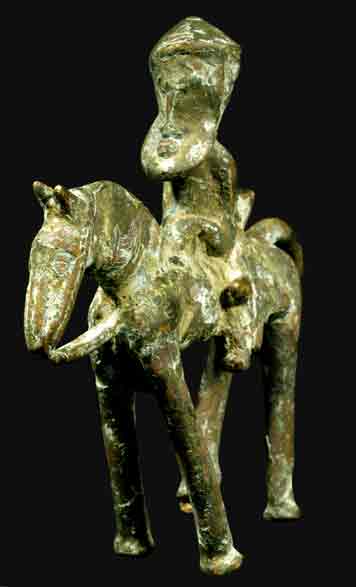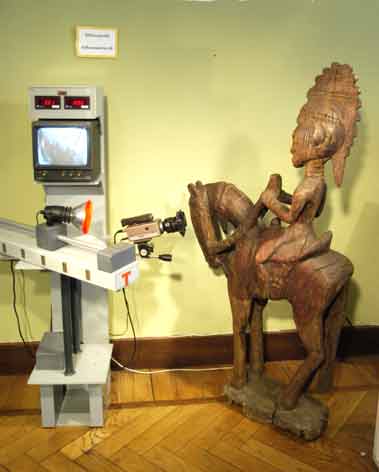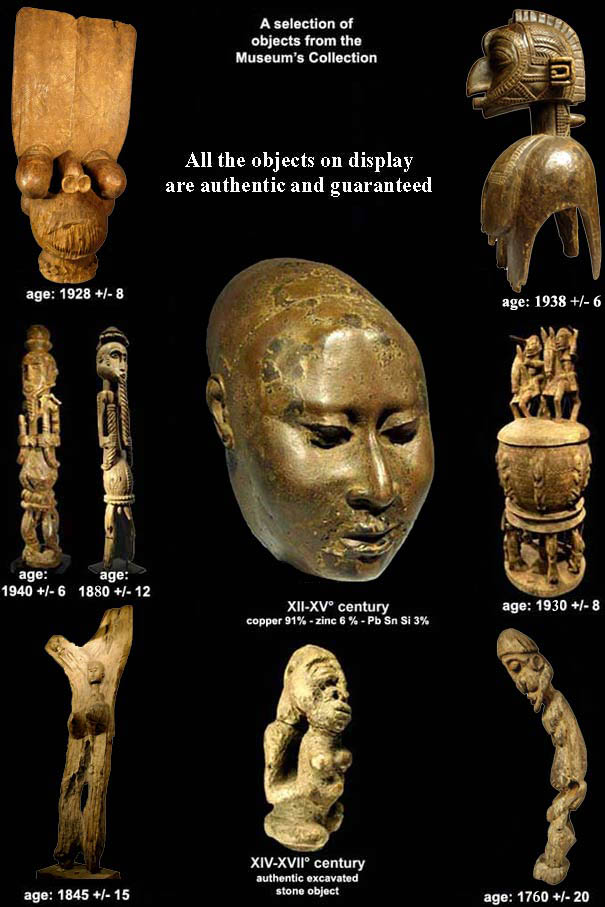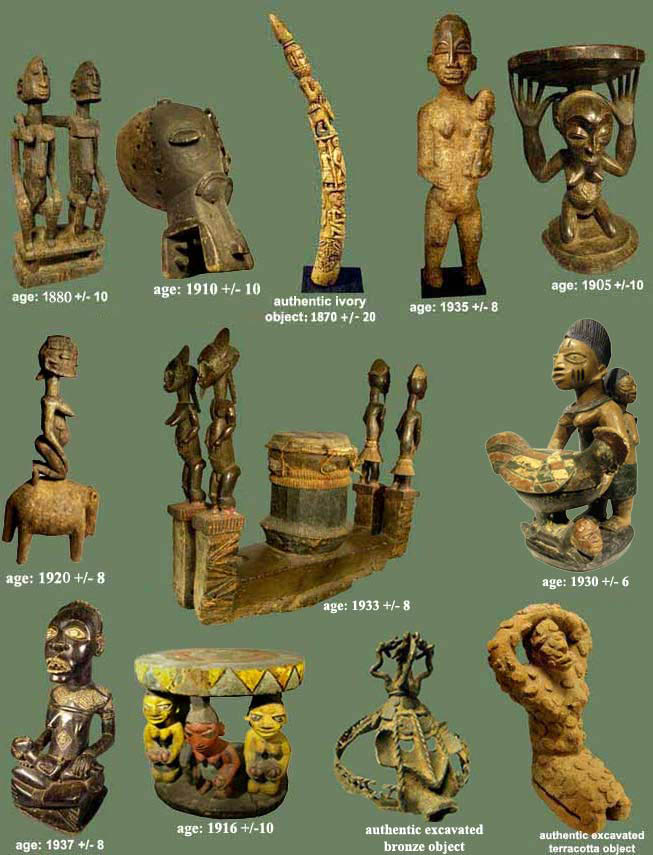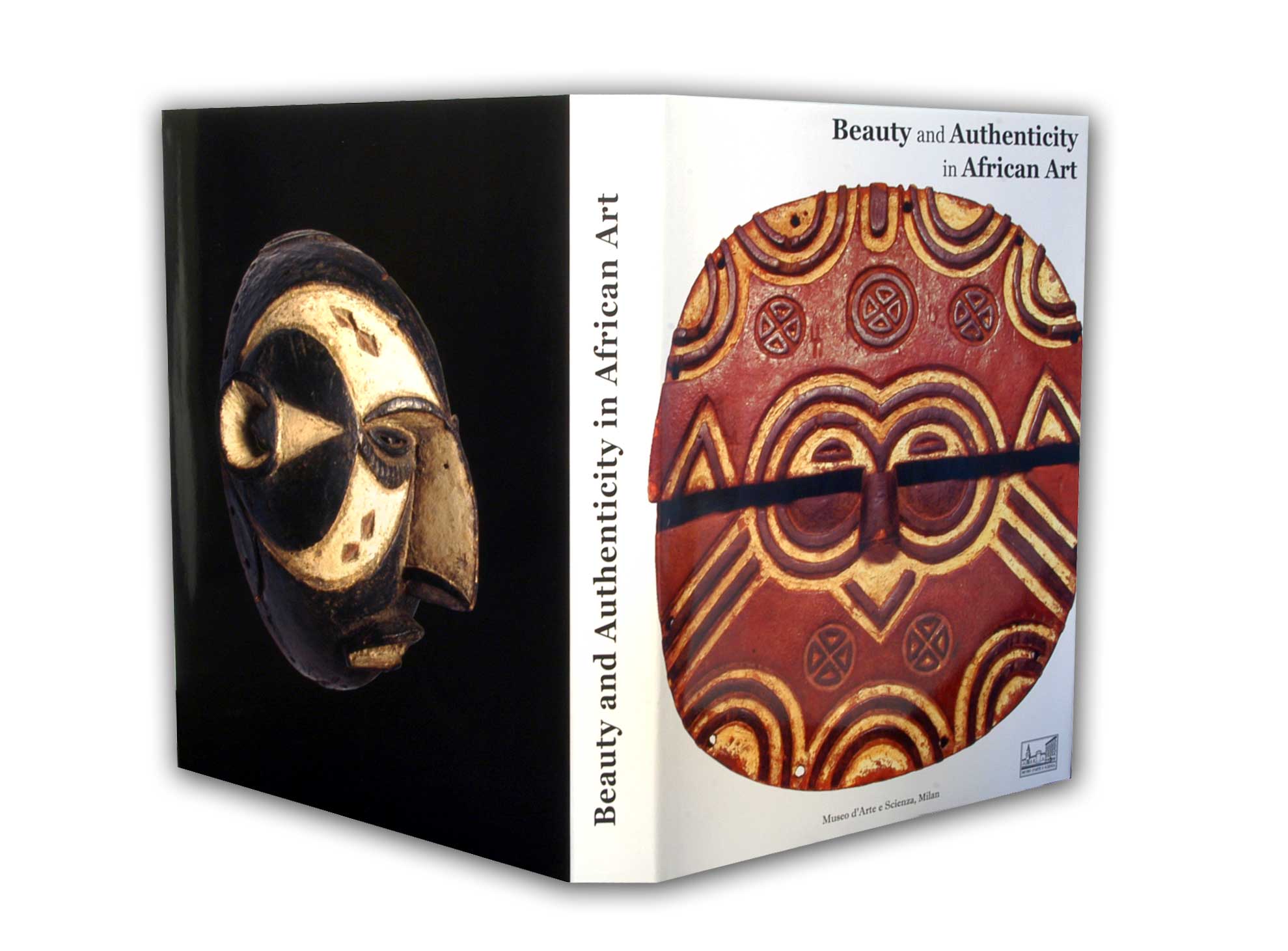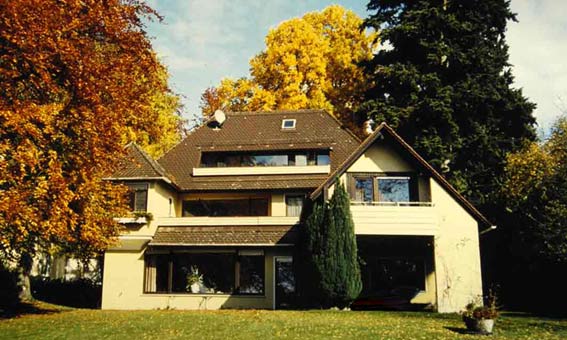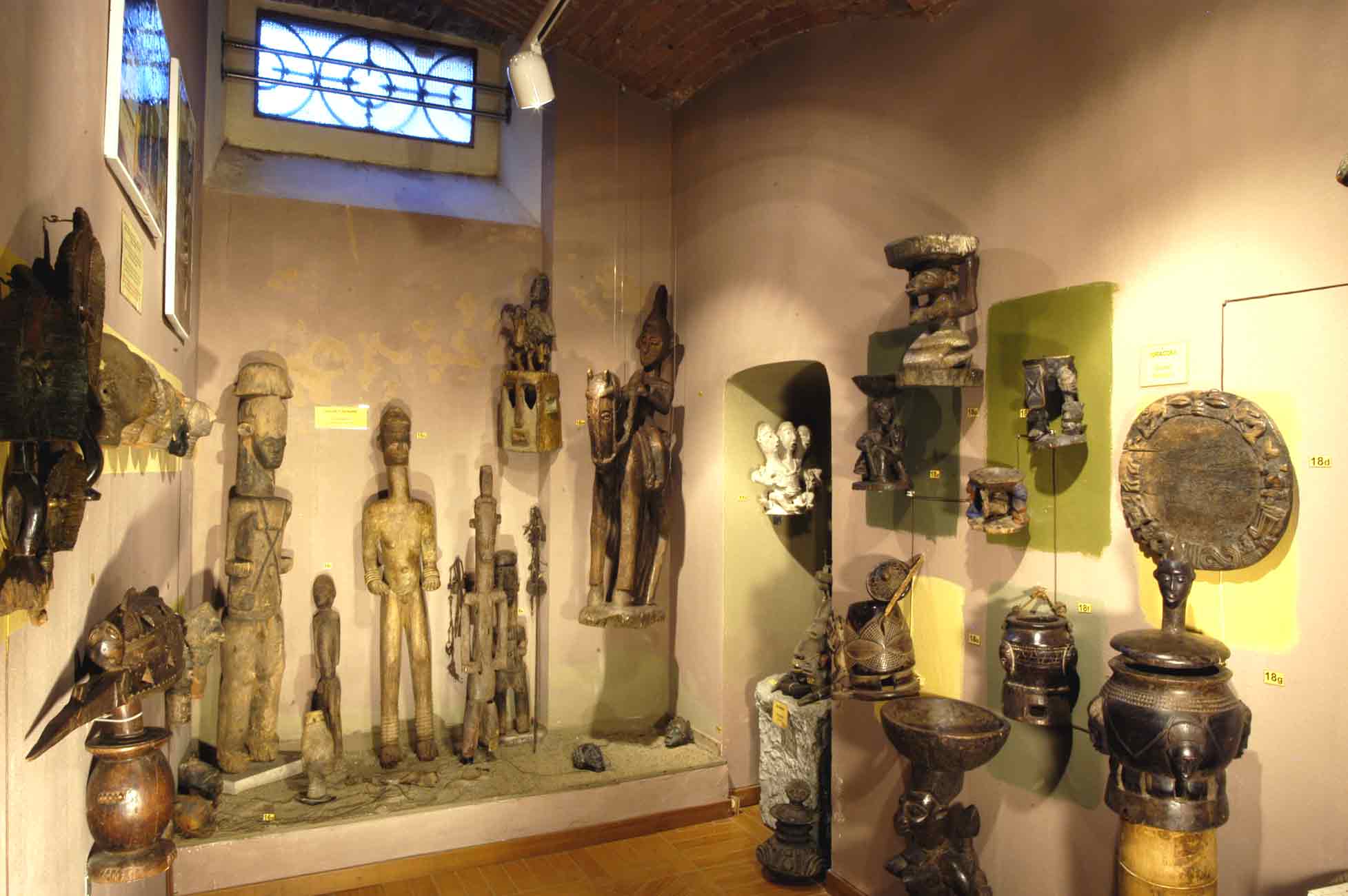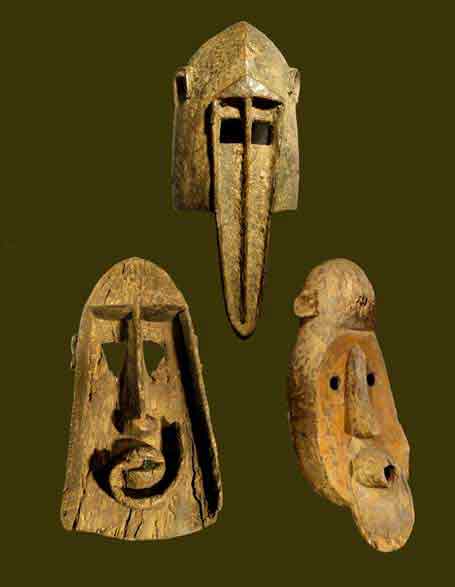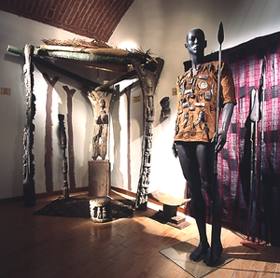www.ArteAfricanaAutenticita.com (last update:21/01/2010)
|
|
 |
 |
|
|
|
|
||||
|
The Ascertainment of African Art Objects |
|
|
|
|
||
|
|
||||
|
|
Useful information for African art collectors | |||
|
|
Further analyses made by the laboratory | |||
|
|
||||
|
|
||||
|
|
MUSEO D' ARTE E
SCIENZA -
Palazzo
Bonacossa |
|
NEW!
for
African art
collectors "Beauty and Authenticity in African Art" |
|
|
|
|
A very valid method used for ascertaining the
age of a wooden object is IR spectroscopy. This
method has been elaborated by the Museum’s
laboratory and intensely applied also to African
art. |
|
African art is as yet not subject to the limitations of international law. A collector is absolutely free to buy whatever he wants wherever he pleases, on trips, at markets, in art galleries or at auction sales. His chief advantage respecting collectors of other types of art consists however in the fact that he can verify scientifically, in a safe and simple manner, the authenticity of his new purchase (something which is unthinkable, for example, for items in glass or porcelain, or graphic art, etc.) The peaks of an IR spectrum reveal the truth about the type and quality of the material from which an item is made and, increasingly, its age. Confirmation of this possibility of accurate dating was given by Ingo Barlovic in his address in Göttingen* on 26.10.2008, in which he discussed the test of the reliability of the IR spectroscopic dating method applied by the scientific laboratory of the Museo d’Arte e Scienza of Milan, concluding that 18 results out of 21 proved to be correct, whilst in the case of one “incorrect” result there was a good probability that the wood used to make the item was already old (in which case the result would be accurate). This points to an accuracy rate of almost 90%, a rate which could not be reached by any other dating method. The African art collector has made a good buy with good future prospects. *The
meeting held in Göttingen was the last before that held in Zurich on
31.05.2009, where the reliability of spectroscopic dating was once
again critically examined. |
|
||||
|
Dendrochronology and radiocarbon dating methods present severe limitations when applied to African objects. Very few African woods develop growth rings and the C14 method does not give univocal dating results in the case of items made in the last 350 years. This circumstance has been noted and acknowledged for over 50 years. |
 |
Spectroscopy
is therefore the only method available
The
ascertainment of type
and age of wood: |
 |
|
Surface test for the verification of the use of already old wood |
A section of the laboratory |
|
||||||||
Useful information for African art collectors
 |
The value of expertise on art |
 |
|
The judgement of a renowned expert or a famous auction house has, at times, the magic power to push an article’s market value up by as much as a thousandfold. Thus a fine piece of furniture, a painting or an African mask may just as easily cost €1,000 or €1,000,000. This disconcerting difference in value estimates is becoming increasingly common in the international market. This would be conceivable if the appraisal were based on meaningful and verifiable data. Unfortunately this is not always the case. |
||
|
€ 4.500 |
€
5.000.000 |
|
|
Today gallery
owners and art dealers are, in fact,
in a position to complement their
expert opinions with accurate
scientific certificates, thus
providing a more dependable
guarantee of safer and fairer
purchases than the large auction
houses.
|
||
|
|
|
|
The scientific laboratory of the Art and Science Museum of Milan receives orders from all over the world for the dating of African art objects from a wide range of collections and dealers.An analysis of the results of spectroscopic dating provides an interesting clue to the quality of private and professional collections at both the national and international level. For example: in the 4 months from May to August 2006 the laboratory analysed 506 African art objects representing 8 different large orders, 3 of which from major private collections, 2 from medium-sized private collections and 3 from art galleries (single dating results were not considered for statistical purposes)
Please note: the relatively high percentage of copies and fakes present in the collections of art dealers and other experts is not to be attributed to an insufficient knowledge of the subject. Even the finest experts are often in doubt about the authenticity of items they examine. The explanation is simple and compelling: 80 % of the figures and masks available on the market today were produced in about 70 years between 1890 and 1960, and in this brief span of time these objects did not always develop visibly evident signs of age due to wear, atmospheric conditions or damage by insects etc. Only the natural process of the wood’s decay, measured by scientific tests, permits certain dating. |
|||||||||||||||||||||||||||||||||||||||||||||||
Provenance as guarantee of a good buy in African art
|
Further
analyses made by the
laboratory
Ivory
-
the distinction of materials
 |
 |
 |
Spectrographic tests for the ascertainment of the material |
 |
|||
|
ivory |
horn |
bone |
|
|
 |
|
Microscopic tests for the ascertainment of the surface, patina and wear |
||
Since the year 2007, all types of ivory can in fact be dated by
spectroscopy.
For
information see www.IvoryAuthenticityandAge.com
Excavated African ceramics
|
|
microscopic tests |
|
|
|
||
|
remains of slip |
||
|
|
||
|
petrified roots |
|
ascertainment of authenticity through the analysis of the encrustations left by the soil |
|
a)
authentic encrustations b) artificial encrustations with lime, cement or glue |
Stones
|
|
microscopic and macro photographic tests on: micro crystallizations, remains of earth, cracks, petrified roots, wear; spectrographic analyses on earth, encrustations and colours |
|
|
|
(a) micro crystals and remains of earth |
(b) |
|
(b) remains of dried roots |
African Bronzes
|
|
|
|
|
|
Microscopic and macro photographic tests on patinas, corrosion and casting core |
|
|
|
||
|
The enlarged aspect of an authentic and antique surface. |
Remains of casting core. The core proves the uniqueness of the object. |
Corrosion layers of the excavated bronze horse (red cuprite and green malachite). |
|
Chemical and spectrographic analyses |
||||
|
spectrographic curve of: |
|
|
spectrographic curve of: |
|
For further information: www.AuthenticAfricanBronzesandCeramics.com
|
The patina
|
||||||||||||||||||
|
|
|
|
|
All the wooden objects on exhibit
have been dated
|
 |
|||
|
|
|
||
|
|||
Branch of the
Milan scientific
laboratory to
serve central
Europe
|
|
|
The
laboratory
in
Germany
on the
shores
of Lake
Constance,
near
Lindau. |
|
Requests may be sent, as always, directly to the Milan laboratory at the following address:
Museo
d’Arte e
Scienza |
 |
|
For further info: |
www.Museoartescienza.com
www.AntiqueFurnitureAuthenticity.com |
|
|||
|
|||
|
|
|||
|
|||
|
|
|
|||
|
|||
|
|
||||
|
||||
|
|
MUSEO
D'ARTE E SCIENZA |
OTHER SITES OF THE MUSEUM OF ART AND SCIENCE:
www.MuseoArteScienza.com - Sections of the "Museo d'Arte e Scienza": 6 rooms dedicated to the ascertainment of authenticity in art and antiques, 5 rooms for The "Treatise on Painting" of Leonardo Da Vinci and Leonardo's activities in Milan, 5 rooms dedicated to African Art and Buddhist Art, 2 Scientific Laboratories.
www.LeonardoDaVinciMilano.com - two permanent exhibitions: "Leonardo Citizen of Milan" and "Appreciating Art through the Eyes of Leonardo" from his "Treatise on Painting".
www.AuthenticAfricanBronzesandCeramics.com - dedicated to the authenticity of African artworks in bronze, stone and pottery. The scientific laboratory of the Museo d’Arte e Scienza has developed valid methods for telling authentic African objects from copies and fakes.
www.ArtAndScienceHandbook.com - The most complete and scientifically valid guide to ascertaining the authenticity of European and non-European antiques on an objective basis (540 pages and more than 2000 colour illustrations in 3 volumes and 3 languages)
www.Paintingsauthenticity.com - Information about the authenticity of modern paintings and antique paintings.
www.AntiqueFurnitureAuthenticity.com -
A list of possible
methods for determining the authenticity of furniture based on objective
factors.
www.Excavatedartauthenticity.com - "A list of all the possible ways of determining, on the basis of objective factors, the authenticity of excavated pottery, glass or bronze items from Southern Italy, the Mediterranean Basin, China and South America.".
www.SpectroscopyforArt.com - Scientific method for the dating of the wood and identification of the wood type used for art objects. Determination of their authenticity through analysis of colours, binders, pigments and other organic substances.
www.Matthaes.org
-
The history of
the G. Matthaes Foundation
from the opening of the painting school
www.CopiesAndFakesInArt.com - Ample further descriptions for ascertaining the authenticity in art for the individual fields of antiques.
www.IvoryAuthenticityAndAge.com - Ivory, bones and horns can now be spectroscopically dated and recognized with precision.
www.LeonardoTeacherofPaintinginMilan.com - An abridged and illustrated edition of the “Treatise on Painting”.



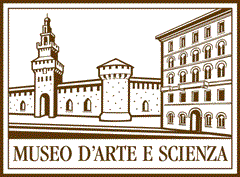
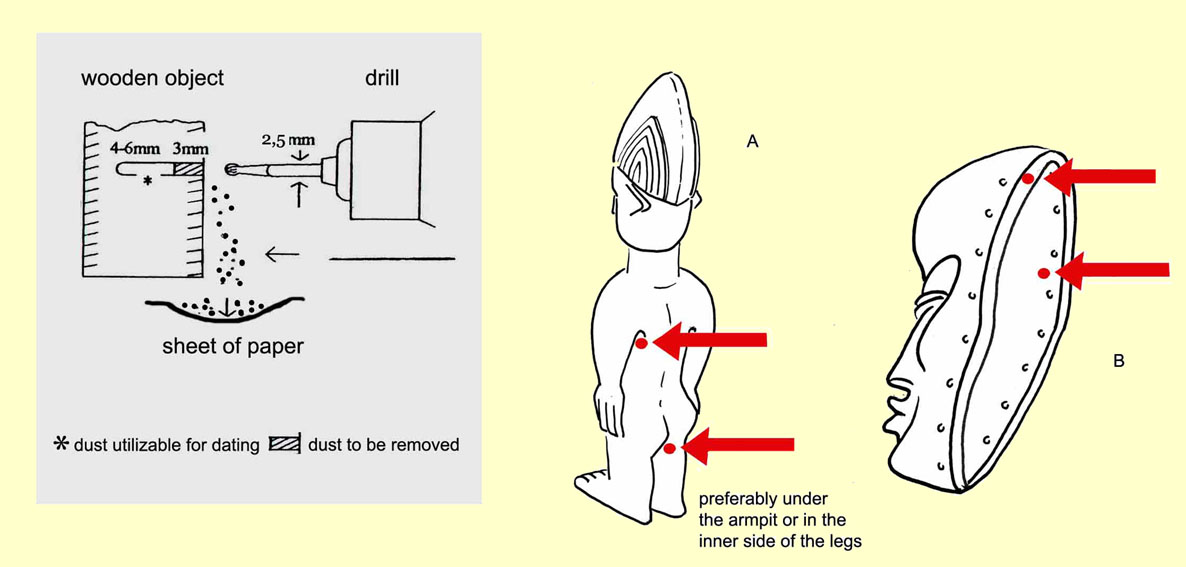
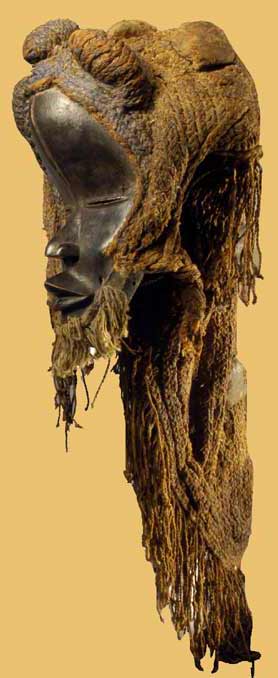
 Prov.: E.J.
Pfifferfeld Collection
(fake)
Prov.: E.J.
Pfifferfeld Collection
(fake)












